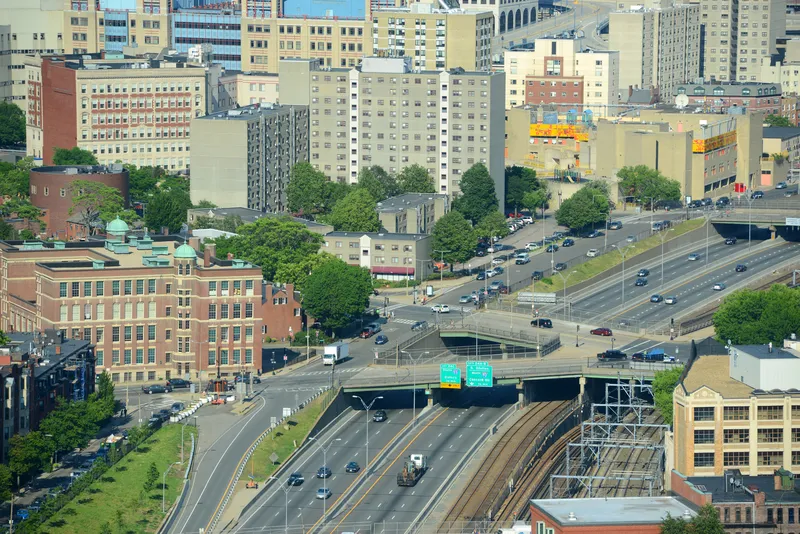The Massachusetts Department of Transportation (MassDOT) has released the first draft of its five-year MassDOT Capital Investment Plan (CIP) for FY2014-FY2018.
The US$12.4 billion program makes long-term investments and represents the first unified, multi-modal capital investment plan covering all MassDOT highway and municipal projects, regional airports, rail and transit, including the MBTA and Regional Transit Authorities.
The proposal, which must be approved the state's Department of Transportation
January 14, 2014
Read time: 2 mins
The 7213 Massachusetts Department of Transportation (MassDOT) has released the first draft of its five-year MassDOT Capital Investment Plan (CIP) for FY2014-FY2018.
The US$12.4 billion program makes long-term investments and represents the first unified, multi-modal capital investment plan covering all MassDOT highway and municipal projects, regional airports, rail and transit, including the MBTA and Regional Transit Authorities.
The proposal, which must be approved the state's Department of Transportation board and the Massachusetts Legislature, includes: US$160 million to complete the conversion to all electronic tolling on the I-90 Turnpike from New York to Boston and the harbour tunnels, including funds to begin ramp and road reconfiguration in FY2016; US$192 million for advanced communications and traffic control technologies to reduce congestion and delays; US$3.3 billion for the rehabilitation and maintenance of bridges, including nearly US$1.7 billion to complete historic Accelerated Bridge Program “mega” projects such as the Longfellow Bridge, Whittier Bridge in Amesbury and Braga Bridge in Fall River; and many more billions for projects and improvements in infrastructure, rail, road and transit.
“We invest in our transportation infrastructure because roads, rail and bridges create a foundation that supports private sector investment and expanded opportunity for all our residents,” said Governor Patrick. “This plan makes investments across the entire state, is flexible, and spends wisely while creating thousands of jobs over the next several years.”
The US$12.4 billion program makes long-term investments and represents the first unified, multi-modal capital investment plan covering all MassDOT highway and municipal projects, regional airports, rail and transit, including the MBTA and Regional Transit Authorities.
The proposal, which must be approved the state's Department of Transportation board and the Massachusetts Legislature, includes: US$160 million to complete the conversion to all electronic tolling on the I-90 Turnpike from New York to Boston and the harbour tunnels, including funds to begin ramp and road reconfiguration in FY2016; US$192 million for advanced communications and traffic control technologies to reduce congestion and delays; US$3.3 billion for the rehabilitation and maintenance of bridges, including nearly US$1.7 billion to complete historic Accelerated Bridge Program “mega” projects such as the Longfellow Bridge, Whittier Bridge in Amesbury and Braga Bridge in Fall River; and many more billions for projects and improvements in infrastructure, rail, road and transit.
“We invest in our transportation infrastructure because roads, rail and bridges create a foundation that supports private sector investment and expanded opportunity for all our residents,” said Governor Patrick. “This plan makes investments across the entire state, is flexible, and spends wisely while creating thousands of jobs over the next several years.”







